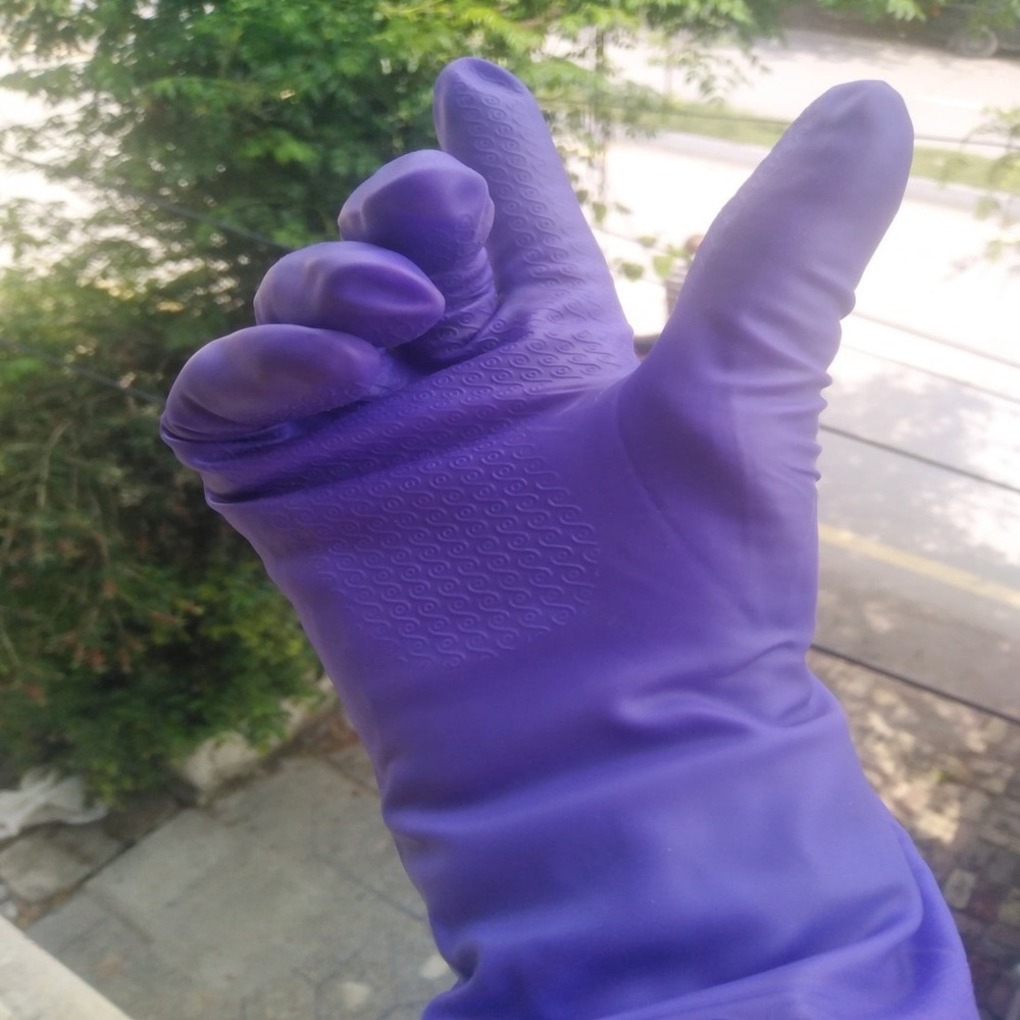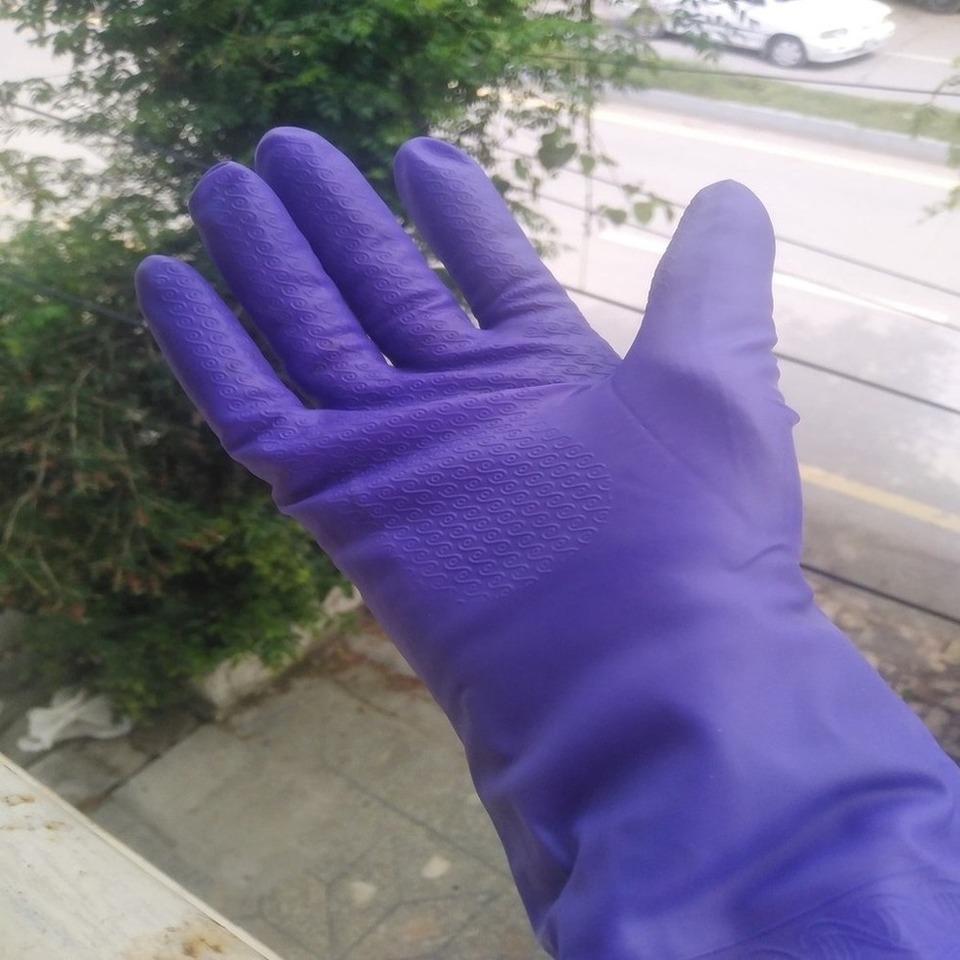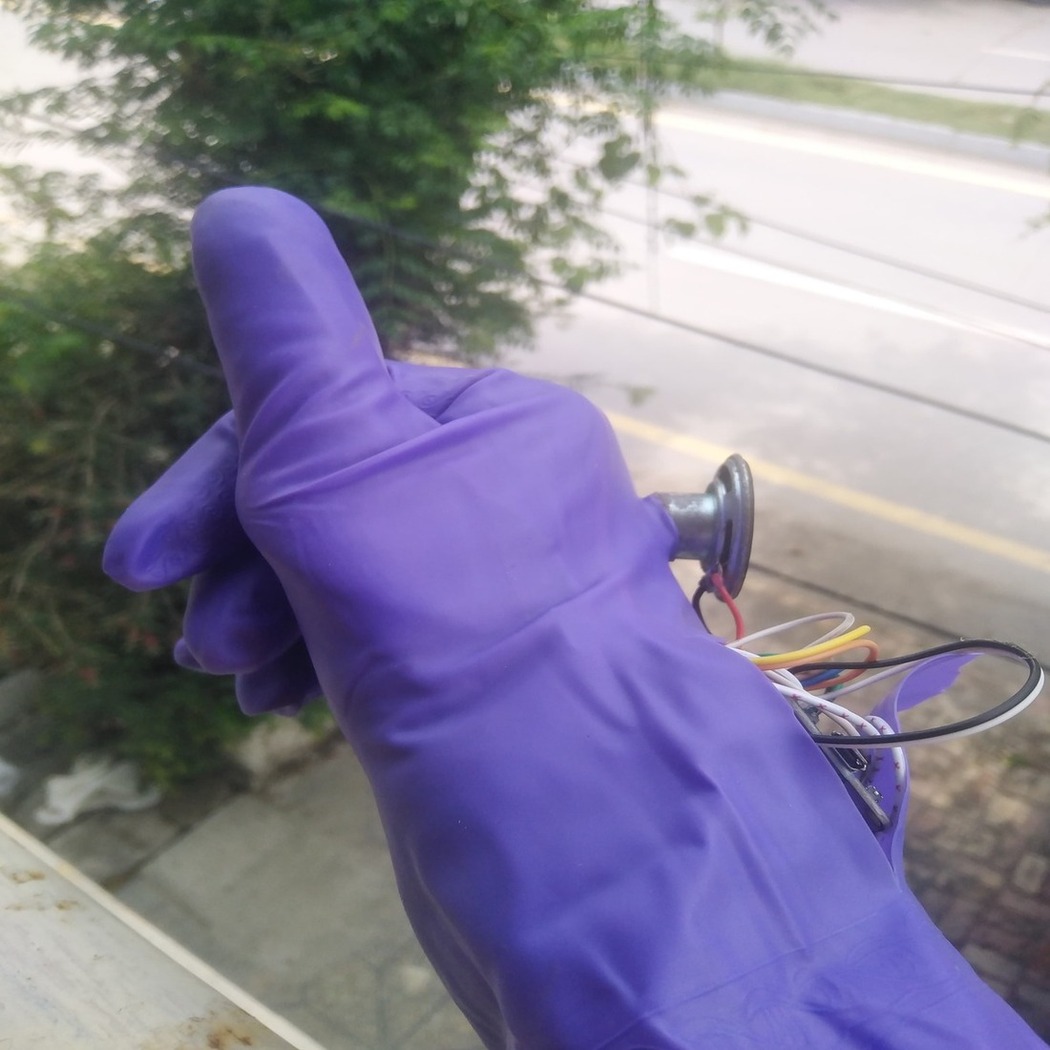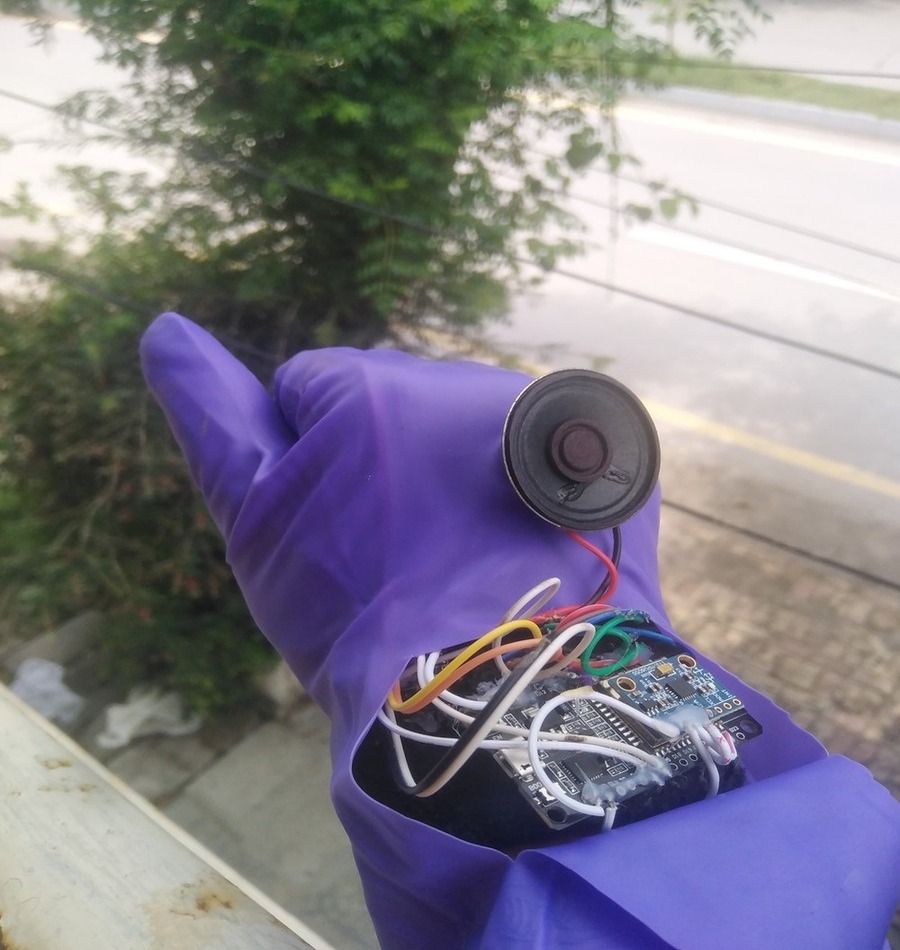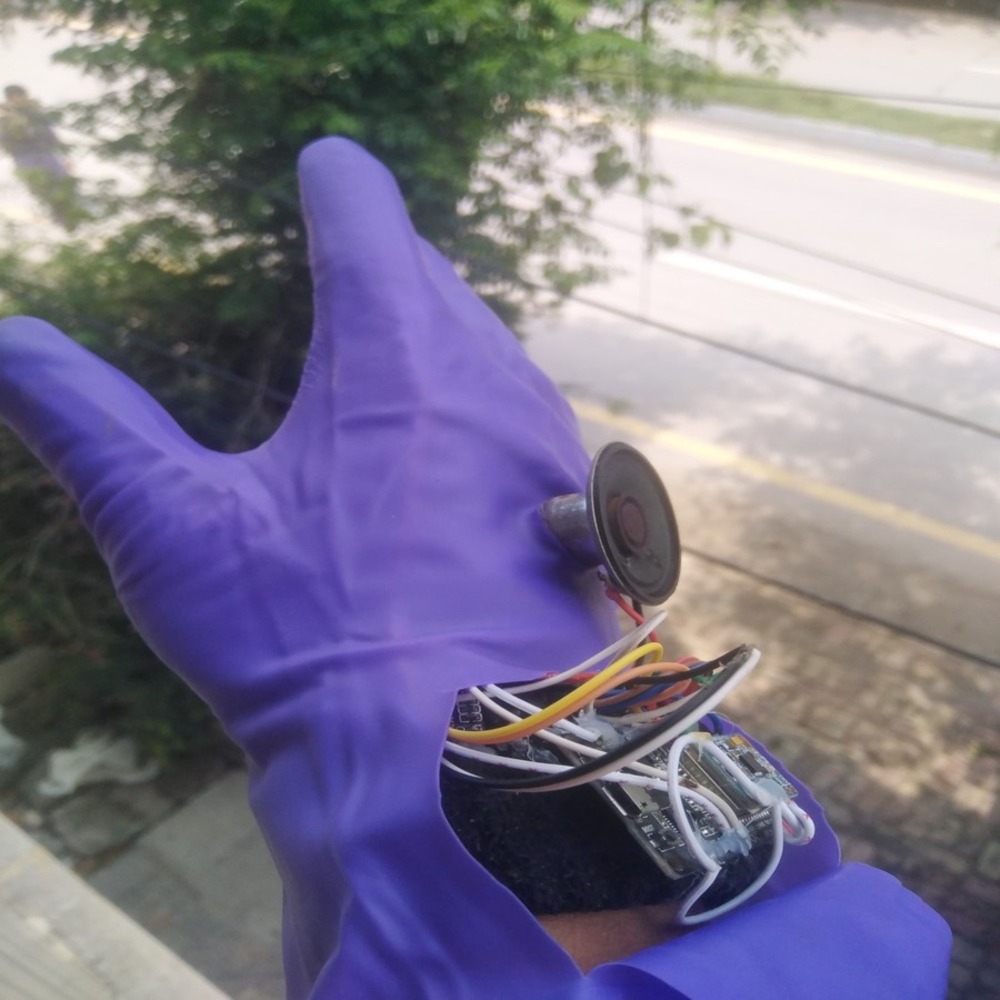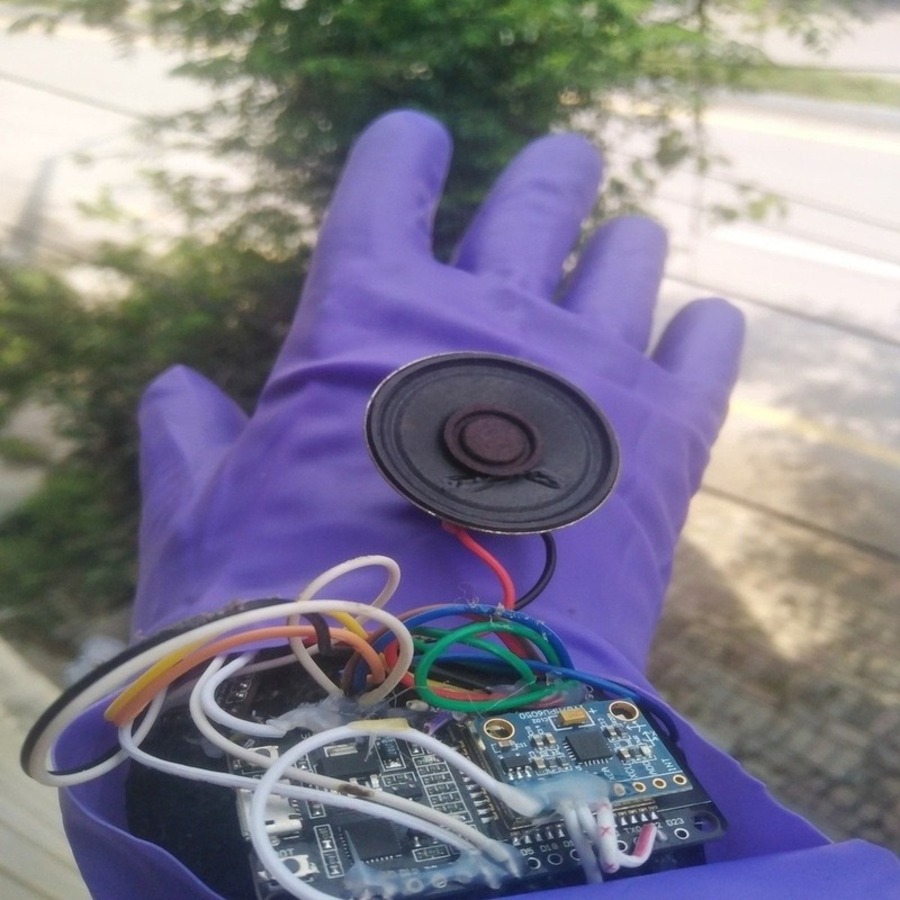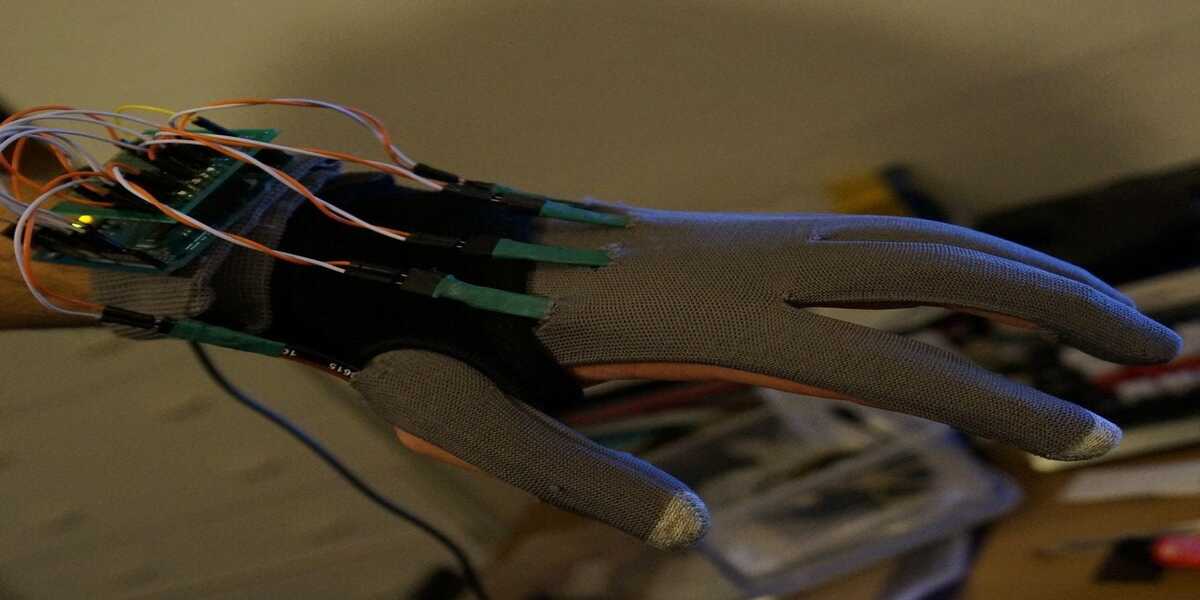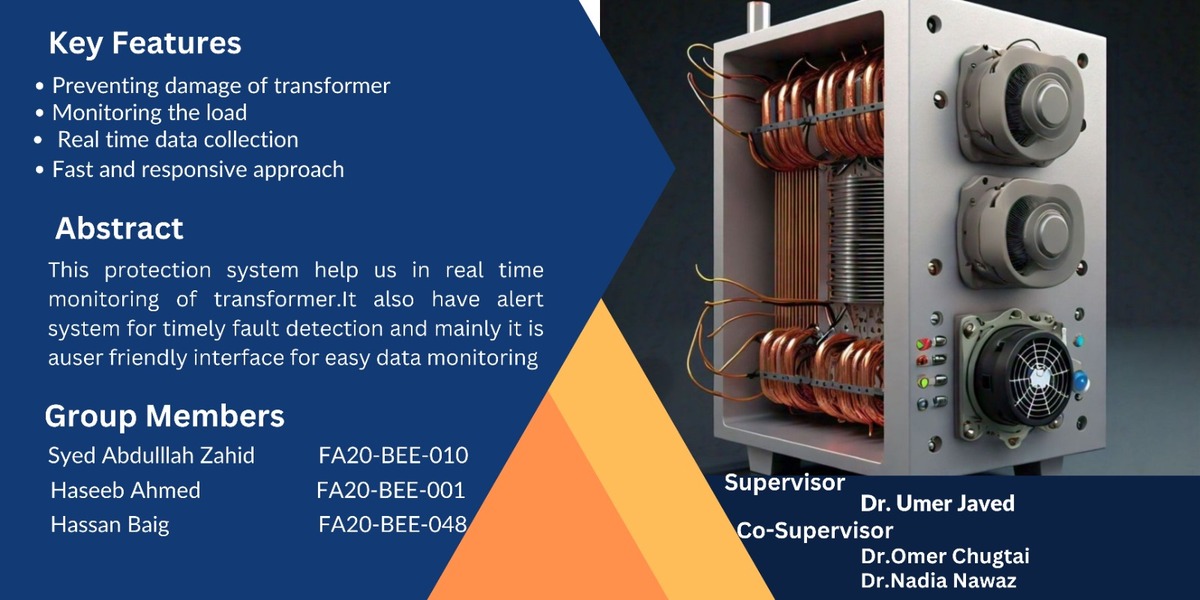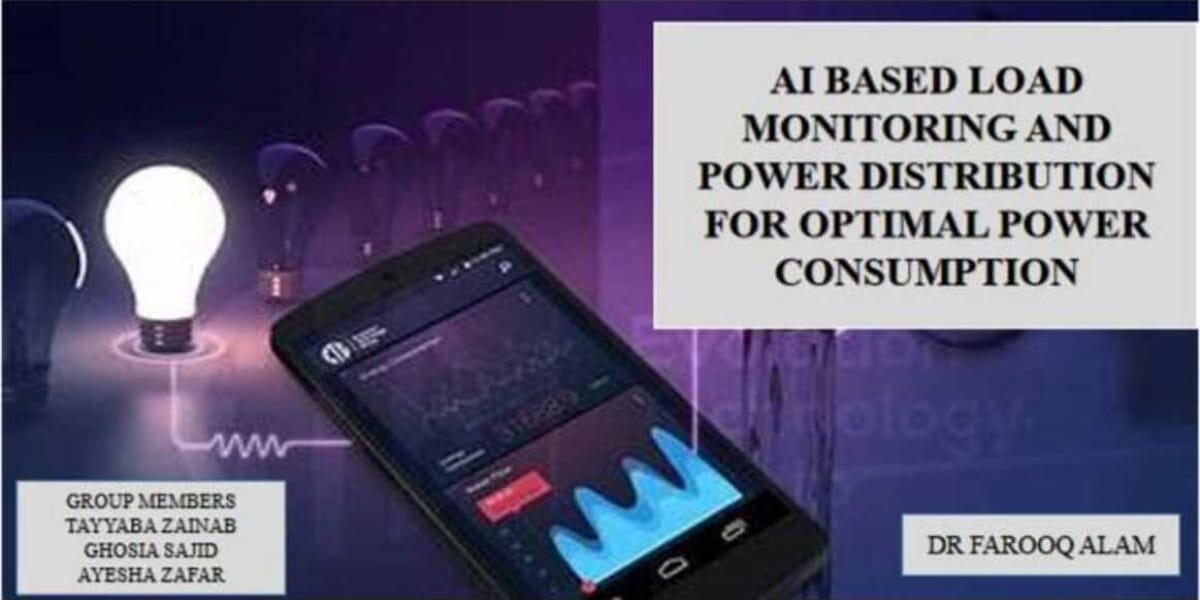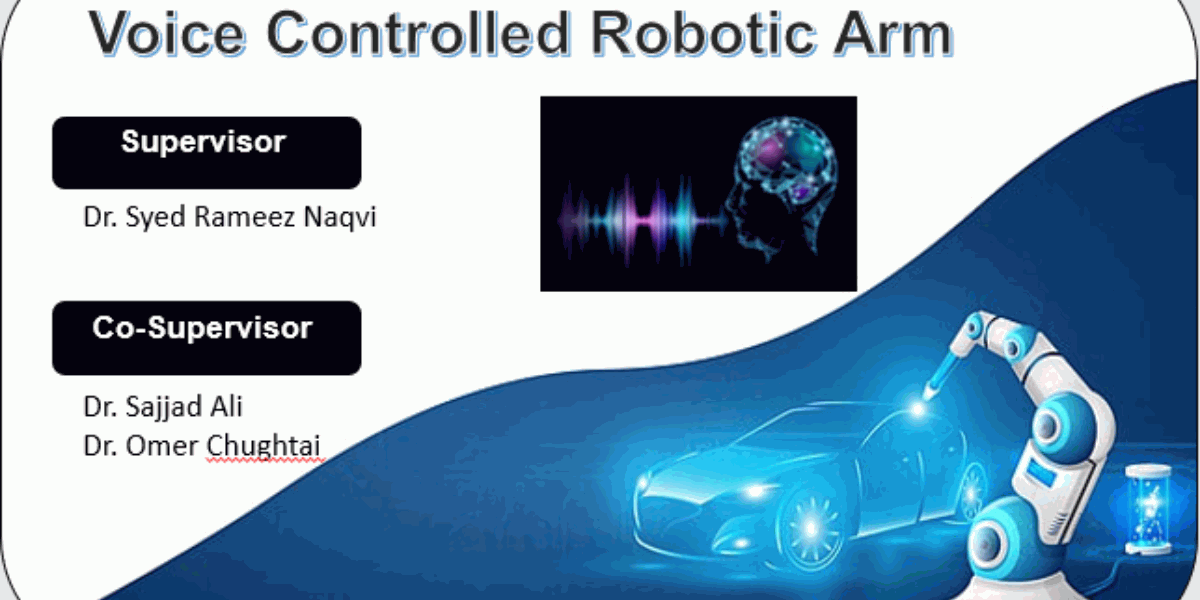Objectives
1. Develop a robust communication tool: Design and implement a wearable device that translates hand gestures and movements into audible speech, enabling mute individuals to effectively communicate with others in real-time.
2. Enhance accessibility and inclusivity: Address the communication challenges faced by mute individuals by providing them with a reliable and intuitive means of expressing themselves, thereby fostering greater social integration and participation in various settings.
3. Ensure accuracy and reliability: Employ advanced sensor technologies and signal processing algorithms to accurately interpret and translate hand gestures into coherent speech output, minimizing errors and enhancing the overall usability and effectiveness of the device.
4. Facilitate customization and personalization: Incorporate customizable features such as adjustable speech patterns, language preferences, and gesture recognition sensitivity to cater to the diverse needs and preferences of users, ensuring a tailored and user-centric communication experience.
5. Promote usability and user acceptance: Conduct comprehensive user testing and feedback sessions to iteratively refine the design and functionality of the Talking Glove, prioritizing ease of use, comfort, and intuitive interaction to maximize user satisfaction and adoption rates.
Socio-Economic Benefit
1. Empowerment through enhanced communication: By providing mute individuals with a means to effectively communicate with others, the Talking Glove fosters greater autonomy and independence, enabling them to express their thoughts, needs, and emotions more confidently in various social, educational, and professional contexts.
2. Improved educational and employment opportunities: Access to effective communication tools like the Talking Glove can significantly enhance the educational and vocational prospects of mute individuals by enabling them to actively participate in classroom discussions, job interviews, and workplace interactions, thereby reducing barriers to learning and employment.
3. Enhanced social integration and inclusion: The Talking Glove promotes greater social cohesion and inclusivity by facilitating meaningful interactions between mute individuals and their peers, family members, and community members, fostering empathy, understanding, and mutual respect across diverse linguistic and cultural backgrounds.
4. Reduced healthcare disparities and costs: By enabling mute individuals to communicate their health-related concerns and symptoms more effectively to healthcare providers, the Talking Glove can help mitigate healthcare disparities and improve access to timely and appropriate medical care, ultimately reducing healthcare costs associated with misdiagnosis and unnecessary hospitalizations.
5. Stimulated innovation and entrepreneurship: The development and widespread adoption of assistive technologies like the Talking Glove can stimulate innovation and entrepreneurship in the field of inclusive design and accessibility, creating new opportunities for research, development, and commercialization of novel solutions aimed at improving the quality of life for individuals with disabilities.
Methodologies
1. Sensor Integration and Signal Processing:
Integrate various sensors such as accelerometers, gyroscopes, and flex sensors into the glove to capture hand movements, gestures, and muscle contractions.
Develop signal processing algorithms to analyze sensor data and extract relevant features indicative of different gestures and finger movements.
Employ machine learning techniques, such as neural networks or support vector machines, to train gesture recognition models capable of accurately identifying and classifying predefined hand gestures and movements.
2. Speech Synthesis and Output:
Implement speech synthesis algorithms to convert recognized gestures into audible speech output in real-time.
Explore text-to-speech (TTS) synthesis techniques and libraries to generate natural-sounding speech patterns and intonations corresponding to the interpreted gestures.
Optimize speech synthesis parameters, such as pitch, speed, and volume, to enhance the clarity and intelligibility of the generated speech output.
3. User Interface Design and Interaction:
Design an intuitive user interface for the Talking Glove, comprising visual and auditory feedback mechanisms to facilitate seamless interaction between the user and the device.
Incorporate tactile feedback features, such as haptic vibrations or tactile cues, to provide additional sensory cues and enhance the user's understanding and control over the device.
Conduct iterative usability testing and user feedback sessions to refine the user interface design and ensure optimal user experience and satisfaction.
4. Integration with Communication Platforms:
Explore integration possibilities with existing communication platforms and assistive technologies, such as smartphones, tablets, or dedicated communication devices.
Develop communication protocols and APIs (Application Programming Interfaces) to enable seamless integration and interoperability between the Talking Glove and external devices or software applications.
Ensure compatibility with standard communication protocols and accessibility standards to facilitate widespread adoption and interoperability across different platforms and devices.
5. Accessibility and Usability Testing:
Conduct comprehensive accessibility testing to evaluate the Talking Glove's usability and effectiveness across a diverse range of users, including individuals with varying degrees of motor and cognitive impairments.
Solicit feedback from end-users, caregivers, and healthcare professionals through structured usability testing sessions and surveys to identify usability issues, areas for improvement, and feature requests.
Iterate on the design and functionality of the Talking Glove based on user feedback and usability testing results to optimize its accessibility, usability, and overall user experience.
Outcome
1. Enhanced Communication Accessibility:
The Talking Glove facilitates effective communication for mute individuals by providing them with a versatile means to convey their thoughts, needs, and emotions using hand gestures and movements translated into audible speech. This outcome significantly enhances their ability to interact and engage with others in various social, educational, and professional settings.
2. Improved Quality of Life:
By empowering mute individuals to communicate more effectively and independently, the Talking Glove contributes to a significant improvement in their overall quality of life. This outcome encompasses enhanced social inclusion, increased participation in educational and vocational activities, and greater autonomy in expressing personal preferences and desires, leading to enhanced psychological well-being and life satisfaction.
3. Empowerment and Self-Expression:
The Talking Glove fosters a sense of empowerment and self-expression among mute individuals by providing them with a powerful tool to articulate their thoughts and feelings in real-time. This outcome enables them to assert their identity, assert their rights, and advocate for their needs and preferences more confidently, thereby promoting greater self-esteem, self-advocacy, and self-determination.
4. Educational and Vocational Opportunities:
Access to the Talking Glove opens up new educational and vocational opportunities for mute individuals by enabling them to actively participate in classroom discussions, collaborative projects, and workplace interactions. This outcome reduces barriers to learning and employment, promotes skill development and knowledge acquisition, and enhances their prospects for academic and career success, ultimately contributing to socioeconomic empowerment and inclusion.
5. Technological Innovation and Social Impact:
The development and deployment of the Talking Glove not only address an important societal need but also stimulate innovation in the field of assistive technology and accessibility. This outcome fosters collaboration between multidisciplinary teams of engineers, designers, healthcare professionals, and end-users, driving advancements in sensor technology, signal processing algorithms, and human-computer interaction techniques. Moreover, the widespread adoption of the Talking Glove has a profound social impact by promoting greater awareness of disability rights, fostering empathy and understanding, and advocating for a more inclusive and equitable society.

